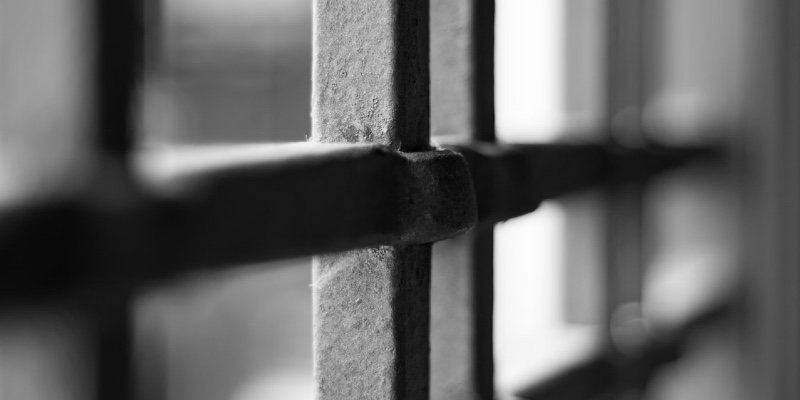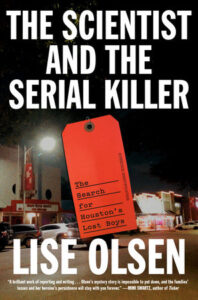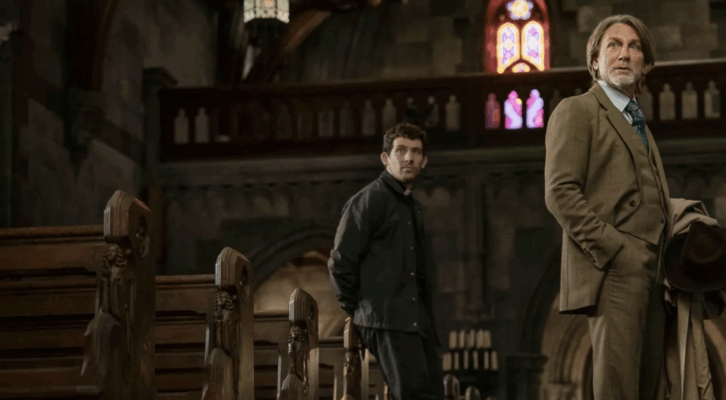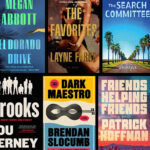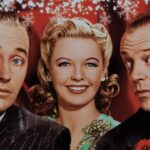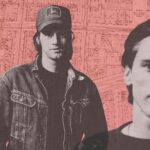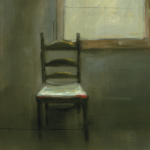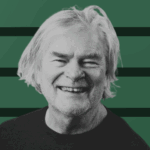Sharon Derrick drove an hour north on Interstate 45 through the Houston suburban sprawl and the piney woods of Sam Houston National Forest to a prison in a rural county north of Huntsville. On the way, she found herself tuning her audio system to a 1970s channel on Sirius XM. In 1972, the year when Mark Scott was abducted and murdered, Roberta Flack had climbed the charts with the love song “The First Time Ever I Saw Your Face,” America was singing about a trip through the desert on “A Horse with No Name,” and Neil Young was searching for a “Heart of Gold.”
The forensic anthropologist rarely visited prisoners as part of her ID work. She had prepared for this interview by rereading 1973 statements Henley, Corll’s teenaged accomplice, had already given police and journalists. She’d even located cryptic notes made from a session when Henley had agreed to undergo hypnosis in the 1980s and record mumbled recollections into a microphone for Dr. Joe, Harris County’s legendary ME.
Derrick had a mission. She wanted to know everything that Wayne Henley recalled about the Lost Boys, the remaining unidentified victims, no matter how small. “I wanted to see if we had other mistaken IDs,” she said. “And I wanted to know what else he had to tell me so I could try to track people.”
Derrick parked her BMW in the lot outside the prison, leaving her cellphone inside her car as required. She went through the prison ID check and X-ray machine, passed through two sets of autolocking electronic doors topped with razor wire, and then was greeted by an official who ushered her into a windowless office stripped of any adornment. She’d been allowed to bring in blank pieces of paper, a pen, and her files, but no tape recorder. She’d barely taken a seat at a swivel chair behind the desk when a guard brought in Henley. Once he was inside, the guard departed, leaving Derrick alone in a locked room with a convicted killer serving six life sentences.
Henley attempted to break the ice with a joke. “When I first got here, other prisoners kept dumping boxes of cereal on my chair in the mess hall,” he said, grinning. “Since I was a serial killer.”
Derrick smiled but didn’t laugh. In preparation for this meeting, she had donned the same kind of mental armor she used to stomach particularly troubling cases in an autopsy suite.
This was Derrick’s third visit to a Texas prison on this case. She’d sparred with Corll’s other accomplice – David Brooks – in two prior interviews. But Henley spoke freely. Henley’s voice took on the folksy tone of a practiced Texas story-teller as he launched into the gory tale of how he’d murdered teens he’d known, including childhood playmates and junior high friends. Derrick struggled to keep up, scribbling facts in longhand on blank sheets of paper and tried to maintain eye contact. “I wanted to show him that I was interested in him, because that’s part of the game. He wants people to be interested in him,” she recalls.
Derrick jotted down the notes on victims’ names, forms of homicidal violence, and burial sites. She would later compare his statements to autopsy reports and other records in her growing collections and look for inconsistencies that could be clues to unidentified persons or mistakes.
Derrick’s take was that Henley had been nothing but a punk “with acne and a bad mustache” until Corll boosted his sense of self-importance. “He was part of something— part of something secret, and part of him embraced that,” she later observed.
Henley admitted he knew Mark Scott , a boy he’d named as a murder vicitim in August 1973, better than most others. Mark was Henley’s neighbor and former schoolmate.
And Mark had attended plenty of parties at Corll’s ever-changing addresses, Henley said. Corll really liked Mark, but he turned against him in April 1972 for reasons Henley did not explain. “Dean wanted him out of the way,” Henley told Derrick. For whatever reason, Corll thought Mark had been “talking too much,” Henley said.
On command, Henley went to pick up Mark, who went willingly to a place Corll was renting that year. Derrick knew horrible things happened in the apartment on Schuler Street,
Inside the apartment, Mark was quickly overpowered and hand-cuffed. Then Corll took Mark to a bedroom and bound his feet and wrists to the torture board. Corll kept the seventeen- year-old captive for two nights and one long day, to torment and repeatedly rape him, Henley said. On Corll’s command, Henley and Brooks both got high and participated in the sessions. “Mark Scott was messed with. He was beaten and burned with cigarettes. All three of us did it. Dean hated him,” Henley said. Henley, knowing that Mark was particularly proud of his long blond hair, decided to shave his head, letting the locks slowly drift to the floor.
Derrick thought she finally spotted a smidgeon of regret when Henley spoke about Mark Scott’s murder. “You could tell it really bothered him,” Derrick remembered. The story was “gut-wrenching.” On the last night of his life, when the rest were sleeping, Mark Scott somehow managed to contort his long muscular frame, gradually loosen the ropes that bound him to the plywood, and free one hand. In this moment of mortal peril, he managed to reach the rotary phone to dial a friend, but he mumbled into the receiver, likely with a gag still in his mouth, and couldn’t make himself understood. Later, he pocketed a small knife that his captors had used to cut him. Mark hid the weapon and made one last desperate attempt at self-defense when the rest returned.
“I grabbed it and then he kind of gave up,” Henley said. After that, all three took turns shooting Scott with a pellet gun, and Corll raped Scott again. It may have seemed like a crazy dream to Wayne Henley, who’d been high on paint fumes and pot, until Corll decreed that Henley needed to “pop his cherry” and make the kill.
At that point in their conversation, Wayne Henley fidgeted in his bench seat and looked pained as he provided vivid details of how he’d tried to strangle and then shot Mark, as his friend begged for his life. After that, Wayne came to like killing. “I killed them because Dean said to. I guess I enjoyed it or just didn’t care anymore or I was just trying to please Dean. It was not something I was forced to do.”
Derrick had observed many horrible souvenirs of human suffering in autopsy suites and in graves, but the dead didn’t speak of their pain. Her rare encounters with killers typically involved only a fleeting glance at a defendant in a courtroom whenever she testified as an impartial expert witness. As Henley retold the intimate and horrifying story of Mark Scott’s murder, she felt flashes of terror, anger, and disgust.
Then Wayne Henley repeated a different story Derrick had read about. Two days after killing Dean Corll, he spent hours searching for graves amid sand dunes with David Brooks, In 1973, Henley had insisted that officials called off the search too soon – before all the bodies were recovered. He told Derrick the same thing. Mark Scott’s body had never been found. “You don’t have him,” he said.
___________________________________

